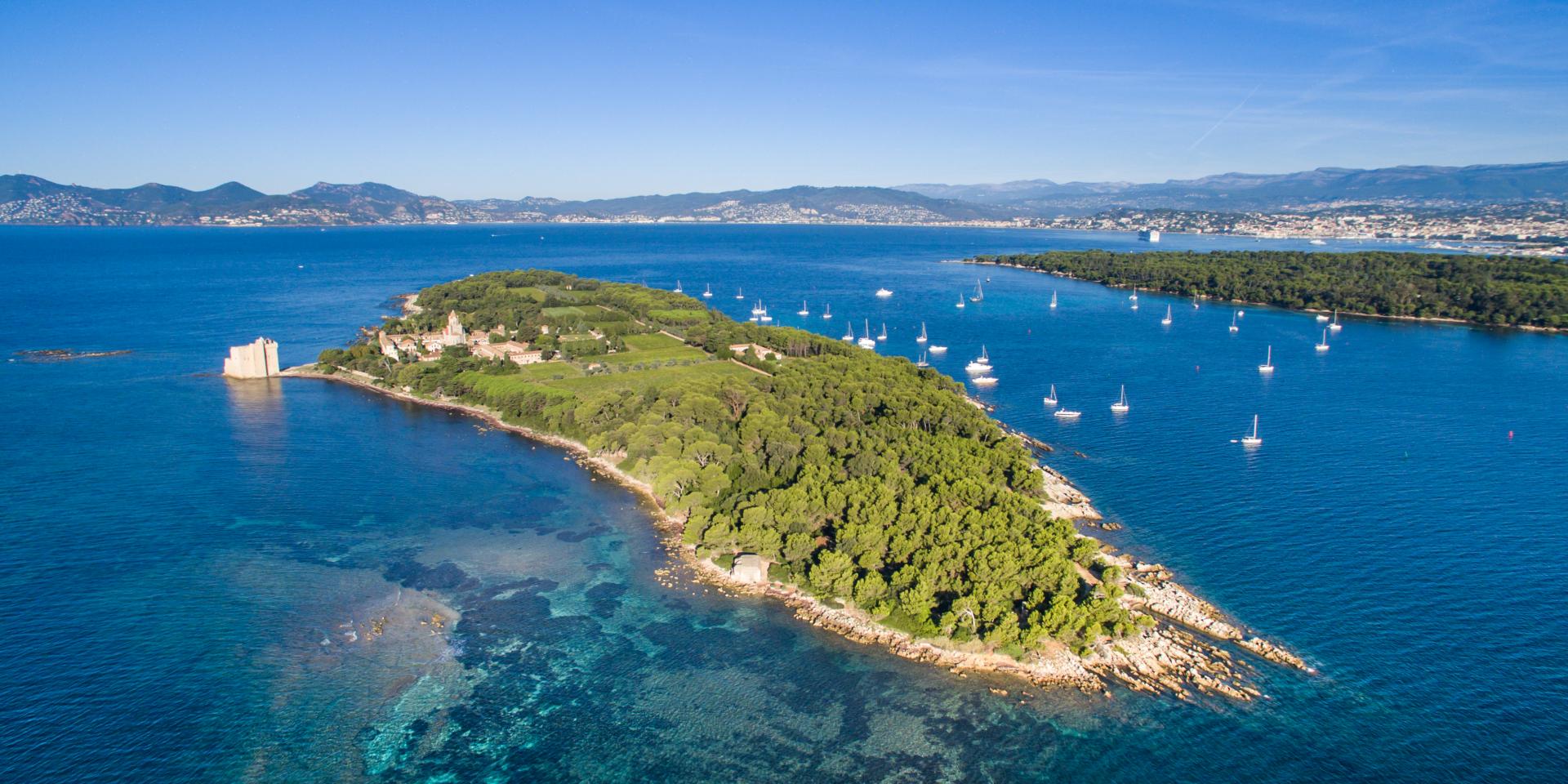3 X: Laurent Ripart (Université Savoie Mont Blanc), The bipolar organisation of early Lerinian monasticism

Abstract
Recent developments in archaeological, philological and historical research have provided us with a renewed documentary base, enabling us to take a fresh look at the genesis of Lerinian monasticism. This should be seen in two contexts: firstly, the establishment of a new island monasticism in the Western world, based on the idea developed by Jerome that the island offered the Latin ascetic the equivalent of what the desert had been able to provide for the Eastern fathers; and secondly, the influence in Provence of Cassian’s teachings on the complementary nature of the cenobitic and anachoretic lives. It is from this perspective, which will seek to enhance the value of Eucher’s personality, that we propose to conceive of the first monastery of Lérins as a bipolar establishment, combining from its foundation, probably in the 410s, a cenobium, established in the context of the villa on the larger island of Lero, and a desert established on the islet of Lerina, grouping around Honorat anachoretic cells. This type of organisation, which can be found in a very similar form on the neighbouring island archipelago of the Stoechades, did not last, however, insofar as the bishops’ growing reticence towards anachoretic life led to a reunification of the monastic establishments, which took place on the island of Lerina when the cells gave way to a new cenobium during the 5th century.
